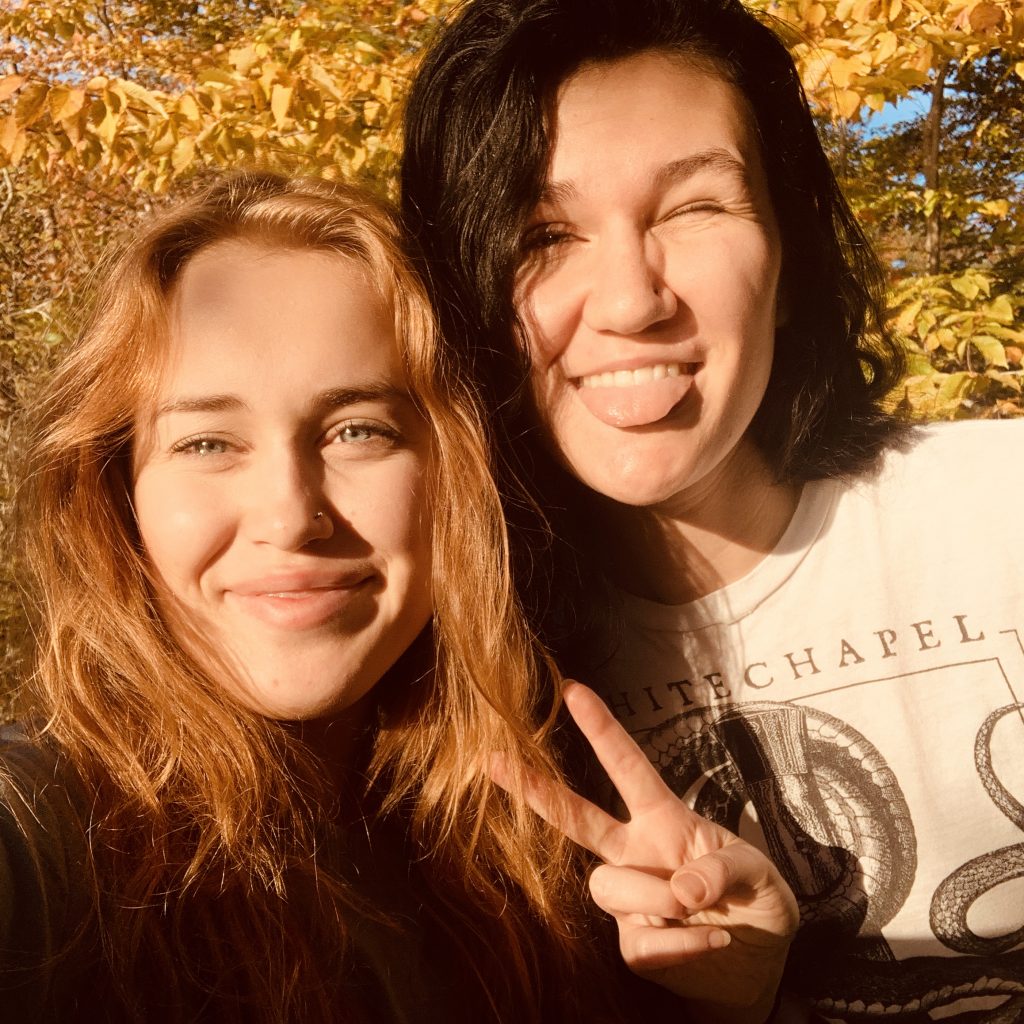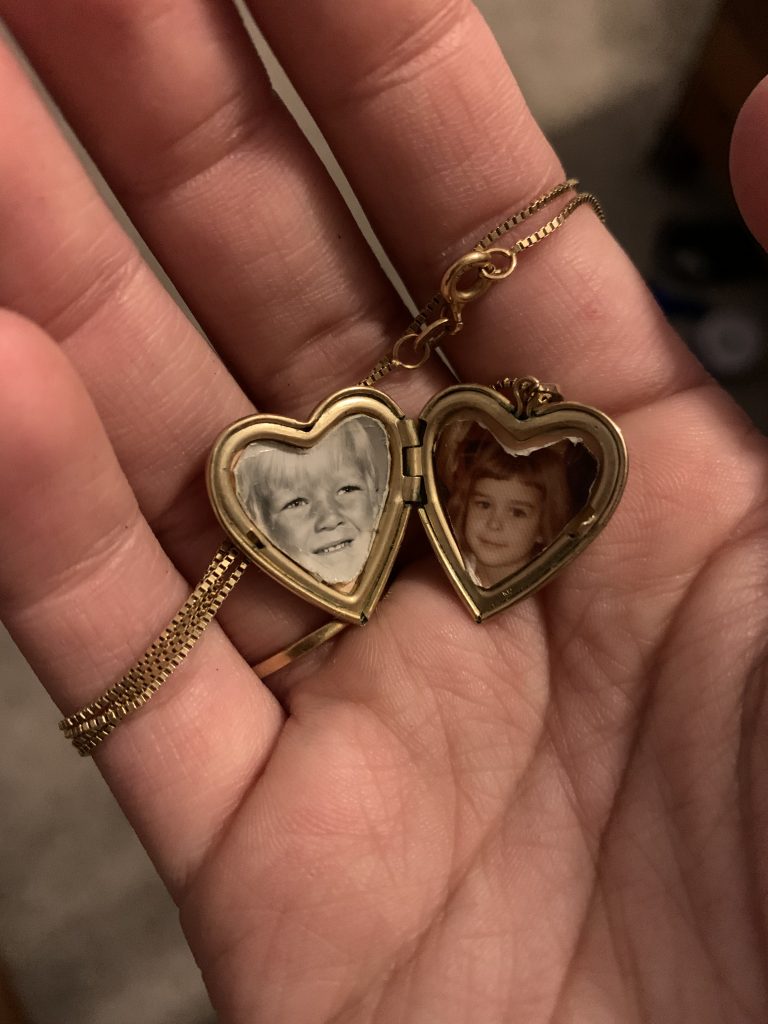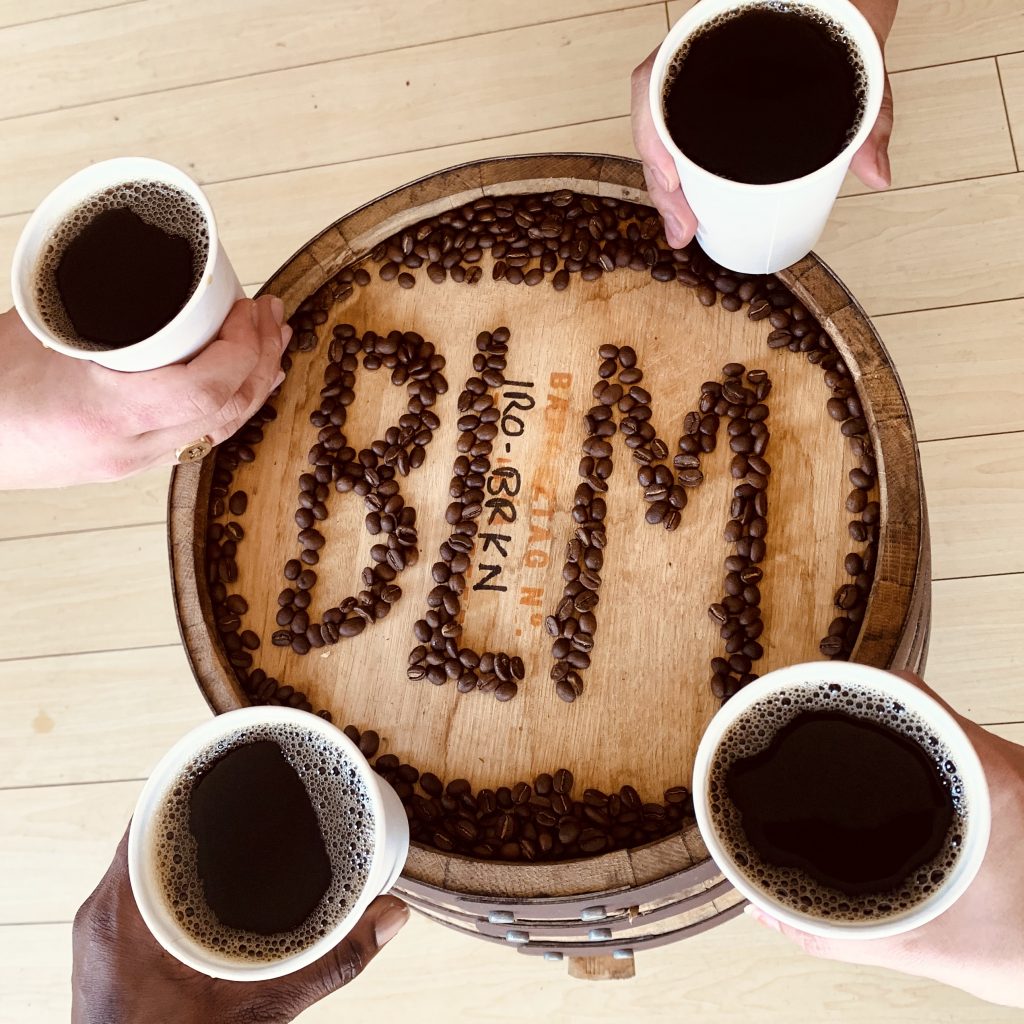ATA4
For Assignment Five, I needed to demonstrate five acts of kindness, each one on a separate day. Through preparing for this assignment, I learned that kindness, from a psychological perspective, increases our feelings of belonging, can stimulate a positive mood, and even increase overall life satisfaction. This made me think of a topic I learned in another class, Positive Psychology, which is considered to be the study of strengths that enable individuals, and communities, to thrive. Random acts of kindness are known to increase positivity and wellbeing, both for the one delivering, and the one receiving. I consider kindness to be a component of what makes a person, or community, thrive emotionally. Even though the assignment is over, and the random acts of kindness are no longer required, I am still trying to keep the same mindset. This was one of my favorite assignments, as it made me think about how to serve others. This activity caused me to actively look at life from another’s perspective, and think about what would make a stranger, friend, or family member happy.

The picture depicts me and my friend after having taken a walk together on the Nolan Trail. For my first random act of kindness, I chose to cheer her up by surprising her with coffee and donuts. This one made me feel the most happy and connected.
ATA3
Assignment four explored the key styles of love in which we all operate, and provided insight into what love means to me. Through this assignment I learned not only about the styles of love, but what my scores were in each. This caused me to reflect on past relationships, and evaluate what I might be looking for in a future one. Prior to this assignment, I had never heard of the styles of love, but upon reading about them, it explained how many of us function. Some are more pragmatic in love (pragma), operating off of practicality, security, or what the person offers tangibly. Some are sacrificial lovers, easily laying down their needs for the one they love (agape), and others are passionate physical lovers, who need strong attraction in a relationship (eros). While we are all a combination of the six styles, there are some categories in which we are higher than others. With this knowledge, I’ve been able to identify which love styles seem to be most dominant in me, giving me further insight into my sometimes messy emotions.
There are a few things I believe this assignment relates to, one of them being emotional intelligence. The more we understand of ourselves, our motives, and our emotions (even those related to love), the more emotionally intelligent we can become. Learning about the styles of love can clue us in to what motivates us, and others, in love. Not only this, but those higher in emotional intelligence might score differently than those lower in emotional intelligence. Perhaps scoring lower, and therefore being higher, in Agape, might demonstrate a higher level of EQ in different areas. Depending on our emotional intelligence, this could influence how extremely we swing towards one category over another. Another subject I thought of, however, was the Six Love Languages. These categorize and explain how we express, and receive love, and could be nicely juxtaposed with the styles of love.

ATA2
Assignment 3 tackled the subject of racism and prejudice. The source which generated this topic was a video of Michael Richard’s, a comedian from the show Seinfeld, losing his temper on a comedy club stage. Not only was he visibly incensed, but he hurled racist slurs into the crowd, using highly offensive language (even for comedian). While it was clearly a destructive tirade he went on, for this assignment we were asked to evaluate his reaction as exemplary of racial prejudice or not. This necessitated a deeper look into what racial prejudice and discrimination is, and if it’s possible to say racially insensitive things, without holding deep-rooted prejudice. Upon reading chapter six, giving it some thought, and re-watching the video multiple times, I learned that it’s possible to hold prejudice without ever truly knowing it (and this can be attributed to environmental factors, such as upbringing); I learned that while our actions might not be done with the motive of revealing a prejudiced mentality, they still can and will reveal it, given enough fuel to the fire. None of us are truly exempt from racial prejudice, and it is still very much alive.
This video reminded me that even though we can find a myriad of excuses (such as attributing a racist tirade to anger management problems), what is spoken often represents what we hide away in our hearts. Few are exempt from harboring some form of racial prejudice, or prejudice of any type, and this relates back to schema, which I learned about in a previous chapter. Schema influences certain parts of social cognition, and the video was an example of its impacts on retrieval (how we recover information from memory in order to use it in some manner). While I cannot relate personally to the events of the video, as a woman I am familiar with other types of prejudice. Men often make assumptions about my mental and physical strength. Just last week, when a package was delivered at my work, the delivery man told me the package was far too heavy for a woman like me to lift (it was not). While his intention was by no means malicious, or meant to insult, this is an example of operating on subconscious stereotypes or prejudices.

ATA1
For this class, my first assignment dealt with the field of heuristics, and opened my eyes to how our brains make quick, snap decisions or judgements. Heuristics is the process by which we can quickly make inferences or decisions, with only a limited supply of information. There are four categories: Representativeness, Availability, Anchoring and Adjustment, and Status Quo. Learning about heuristics has caused me to see these four different thought processes in myself as I make decisions and form judgements on others. Working at a coffee shop, part of my job is to know the customer and tailor their drink to what they’d like. After this assignment, I realized that I often use Representativeness heuristics for customers at work. I can usually tell when a person walks in what they might ask for; what flavorings they might want; and what their preferences might be, based off of what group of customer they appear to fit.
One subject that heuristics can be applied to is impression management, which was part of this week’s reading. This is the term psychologists use for wanting to make a good impression on those around us. Whether it’s strangers to future employers or teachers, many of us go the extra mile to create a favorable image of ourselves. This can be applicable to the representativeness heuristic, in that we dress, behave, or manage our physical presences so others can then categorize us into the favorable groups that we dress to resemble. For instance, arriving to an important interview with a suit jacket and an overall well-groomed or neat appearance, gives the first impression of professionalism.

http://job interview